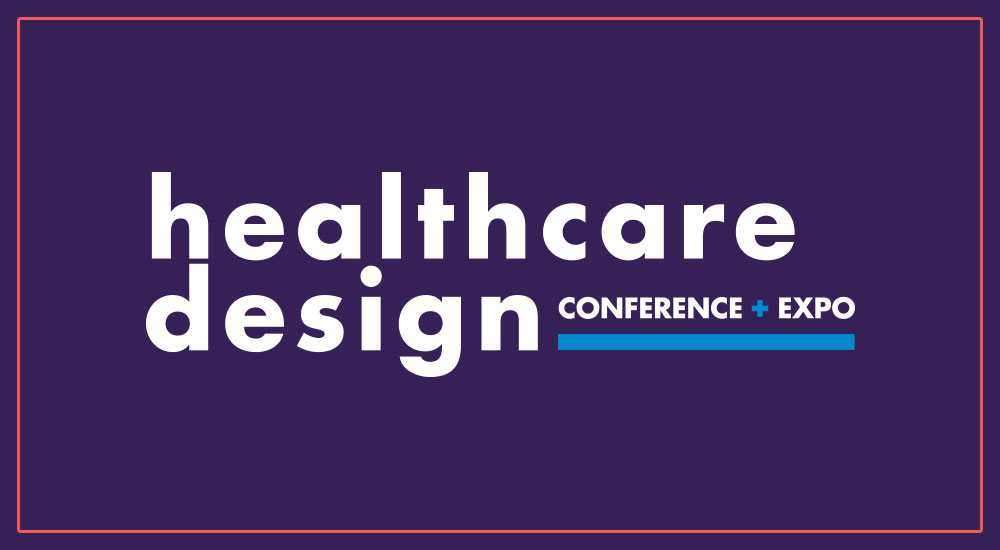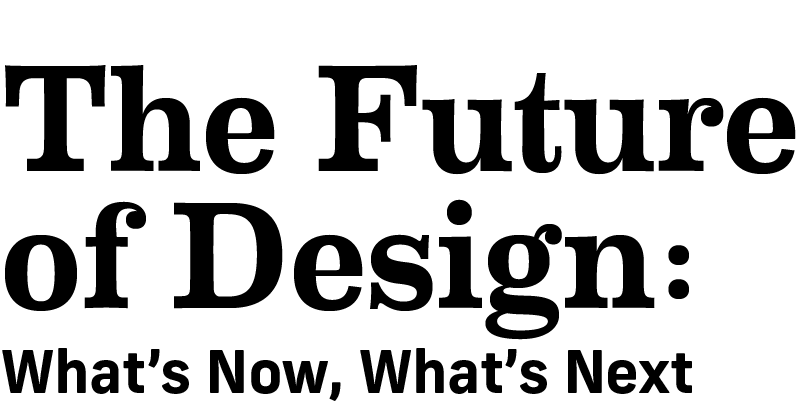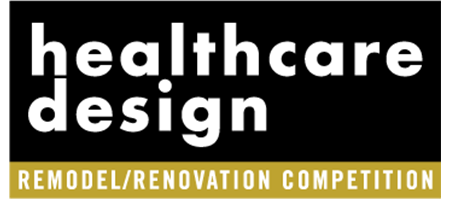The 2025 Healthcare Design Conference + Expo, heads to Kansas City, Mo., October 25-28, bringing three days of keynote and educational sessions for attendees.
Healthcare Design is previewing some of the upcoming educational sessions in a series of Q+As with speakers, sharing what they plan to discuss and key takeaways they’ll offer attendees.
Session: “Delivering More: Designing Space for Birth and Beyond”
Sunday, October 26, 2-3 p.m.
Speakers: David Saladik, Senior Principal, MASS Design Group and Emily Ebersol, Senior Architect, MASS Design Group
MASS Design Group uses human-centered design to improve maternal and newborn health, particularly for underserved populations. Their work, starting with a maternity village in Malawi, informs their approach to designing birth spaces in the U.S., including Boston’s first birthing center.
The presentation will cover their design process, focusing on community engagement, evidence-based care, navigating regulations, and designing culturally sensitive spaces.
Healthcare Design: How can human-centered design influence the healing experience of maternal and newborn care spaces, especially in underserved communities?

David Saladik (Headshot courtesy of MASS Design Group)
David Saladik: We’ve seen the many ways that space impacts the utilization, outcomes, and experience of care. Facility design influences demand and shapes whether families seek care; the layout of services impacts people’s ability to reach the right care in the right place; and the design of care spaces influences quality, shaping patient outcomes and experiences. This is particularly true of underserved communities and communities of color. In the U.S., Black women are nearly four times more likely to die in childbirth than white women. This is in part a design problem. To tackle this, we’re piloting a birth center model that is human-centered and rooted in community, delivering the full continuum of midwifery services, where providers build personal relationships with patients, and where the birth environment is familiar, accessible, and homelike, offering a range of birth positions based on personal preference such as water birth, and access the outdoors for walking to to advance labor. We believe that culturally responsive birth spaces, designed through deep engagement with both providers and patients, will not only improve outcomes, but build trust in the health system for those who have been historically underserved.
HCD: What lessons did you learn from international projects, such as the Maternity Waiting Village (MWV) in Malawi?

Emily Ebersol (Image credit: Courtesy of MASS Design Group)
Emily Ebersol: For far too long, the design quality of birth infrastructure has been left out of the conversation when discussing strategies to improve maternal health outcomes. In the global context, the focus in recent years has largely been on building more clinics and expanding access, implementing emerging protocols, and on staff capacity building and training—all of which are vitally important—but has overlooked the quality and performance of birth spaces themselves.
Through our international projects, we often see birth spaces that are not fit-for-purpose as barriers to improving maternal newborn care; crowded, poorly lit and inadequately ventilated spaces actively influence demand, often deterring families from seeking care. At the same time, outdated facilities prevent clinicians from implementing present-day, evidenced-based best practices, such as immediate Kangaroo Mother Care and zero separation. To continue advancing global maternal newborn health, we must invest in both access and quality. Health providers shouldn’t have to work in spite of their surroundings; they should work in spaces designed to uplift, support, and dignify both them and the mothers they care for.
In Kasungu, Malawi, Ministry of Health and UNC Malawi sought to design a better maternity waiting home—which are places for high-risk mothers to visit earlier to have safer births, and to stay close to a medical facility near the end of pregnancy. We asked: How can we design a maternity waiting home that encourages women to come and stay? How can it transform waiting into a positive, productive experience? We designed our Maternity Waiting Village (MWV) as exactly that —a village—intentionally shaped to support the social interactions that mothers desired. The layout includes a series of intimate sleeping rooms arranged around shared courtyards to foster a sense of community. Common cooking areas encourage communal activity, while built-in bench seating provides shaded outdoor spaces where women can gather and talk. These areas also serve as covered rest spaces for accompanying family members.
After the building opened in 2015, we did an impact evaluation and surveyed 600 women, comparing our Maternity Waiting Village with a comparable government facility. The evaluation proved the new design had much higher user satisfaction because it was not viewed as an institution, but as a community space for mothers to support one another; and published our findings in the European Midwifery Association’s journal Midwifery.
HCD: How did those insights help inform the design of birth spaces in the U.S., such as the new Roxbury, Mass., birthing center?
Saladik: Our global work in the maternal and newborn health space has shown that space can deeply influence whether people seek care, how they experience it, and whether improved birthing outcomes are achieved. We’ve learned that spaces centered on dignity, cultural relevance, and community support can transform birth from something feared into something empowering.
In the U.S., birth is often treated as a medical emergency. Most deliveries happen in hospitals designed for acute care, which can lead to highly interventionist, impersonal experiences—even for low-risk pregnancies. This has consequences: the U.S. has among the highest rates of preventable maternal mortality in wealthy nations, and nearly half of new mothers report birth trauma.
While hospitals are essential, they shouldn’t be the only option. The Neighborhood Birth Center in Roxbury, Mass., is designed to offer a different model—one that is safe, supportive, and rooted in community. Informed by global insights and shaped by local voices, the center prioritizes choice, comfort, and accessibility centered around expert midwifery care. It aims to address deep disparities in maternal care—especially for Black and brown families—by offering a space that centers reproductive justice and redefines what respectful, holistic birth care looks like.
HCD: What’s one takeaway from your session that you hope attendees walk away with?
Ebersol: Birth is completely unique and unlike any other experience one will have in a healthcare setting. It’s not a medical intervention, but a natural human process—it is a profound, life-altering experience that shapes the health and well-being of individuals, families, and entire communities. Yet, the environments in which birth takes place are often not always designed for dignity, safety, and cultural relevance. As architects and designers working on spaces of birth, we must not only prioritize safety and efficiency in our designs but strive to honor our culture and humanity that are rooted in the birth experience.
Find updates and additional information on the 2025 HCD Conference + Expo here.













